I’ve owned a lot of cameras in my lifetime, not because I’m loaded and buy the latest and greatest as soon as they come out, but because I have an addiction to buying old things I don’t need from eBay. Much though I’d rather not admit it, I turn 40 this year and in those four decades I have never owned a single Nikon digital camera of any kind. Indeed, the only Nikon of any kind I’ve had was an F2 film body which, if you’re going to own a Nikon film SLR, it may as well be one of those.
I recently reviewed the Canon D60 and having done so ticked the final box in my Canon Camera Spotters handbook. I’ve now owned or reviewed every single early 2000’s Canon SLR from their very first D30 all the way up to the 5D and 1D mark II. In other words, I’ve run out of Canon cameras that I can either afford or that sufficiently motivate me with their story to go out and give them a go.
Having flown the flag of brand loyalty for far too long, there was only one thing left to do and that was to finally get round to joining the dark side and buy my first Nikon. Let’s see how I got on.
In this post:
- Never a Nikon?
- Where to start – buying a D70
- The Canon equivalent
- First impressions
- The D70 in use
- Conclusions and learning
Never a Nikon?
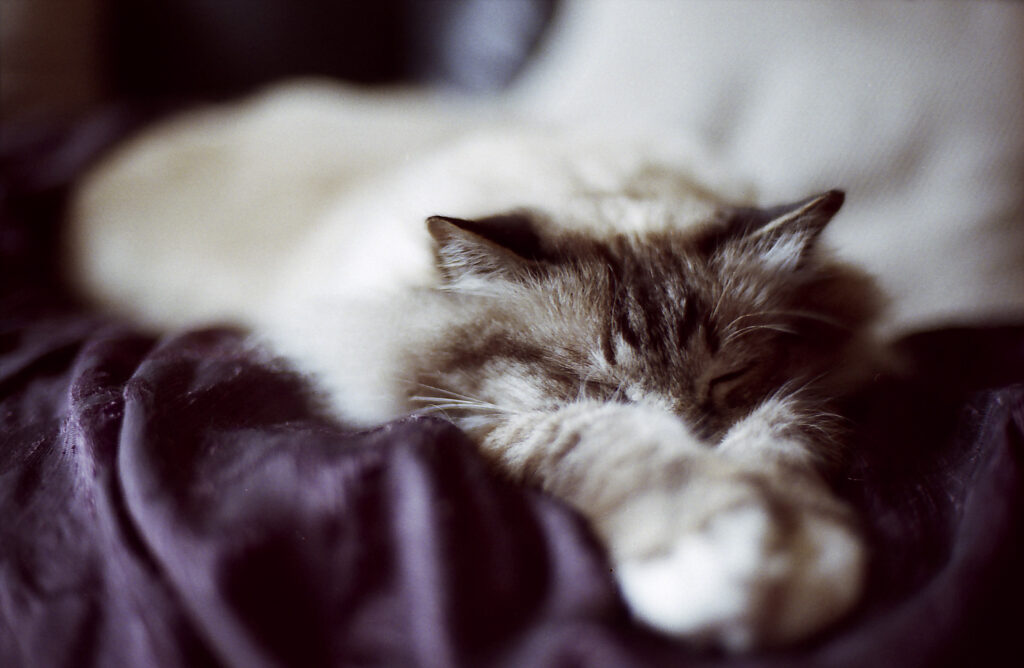
A decade or so ago when I was still heavily invested in what were then current digital SLR’s, I was firmly entrenched in the Canon ecosystem of lenses and therefore bodies. I’d gone from a 350D to a 40D which felt like trading a Toyota Aygo in for a sports car, but would still spend my time wishing I had the money for a 5D – full frame was the holy grail.
During that time I discovered DigitalRev on Youtube when I’d been off work ill and it was an absolute revelation. Watching Kai and Lok was fascinating, they made photography seem far more exciting than it had been up to that point, their “Top Gear” antics in each video were great fun and quite ground breaking for the time. It sounds absurd but those videos opened my eyes to the whole concept of street photography, before watching Kai capture endless trolley ladies on the streets of Hong Kong, I genuinely didn’t even know this genre of photography even existed. I was so naive it’s quite funny looking back.
If you’ve never watched DigitalRev, it’s definitely still worth a watch. You have to remember that it is “of a time” but there’s some classic videos there, especially their travel specials and cheap camera challenges. During the early 2010’s it didn’t take a genius to work out that Kai was a fairly dedicated user of Nikons, and hand painted pink Nikons at that. I couldn’t really understand why, because every review I’d read at the time seemed to conclude “great cameras, but poor usability/interfaces.” Why would you buy a Nikon when Canon always seemed to be able to one up them in one way or another?
My thoughts never really went further than this, he did make a very compelling case for Nikon, but I’d made my choice and belligerence, ignorance and a lack of money were enough to ensure I wasn’t going to change my mind.
On the film side of things, I’d already bought my Canon AE-1 Program in 2007 and that clicked with me instantly. I wasn’t to know at the time that I’d completely by accident bought something of a classic. At some point around 2010 I inherited a Nikon F2 and despite it having the best finder ever made attached to it and knowing full well that it was an absolute unit of a film camera, I just never got on with it. Ergonomically it never really clicked with me and once the meter and finder gave up the ghost I never used it again.
Where to start – buying a D70
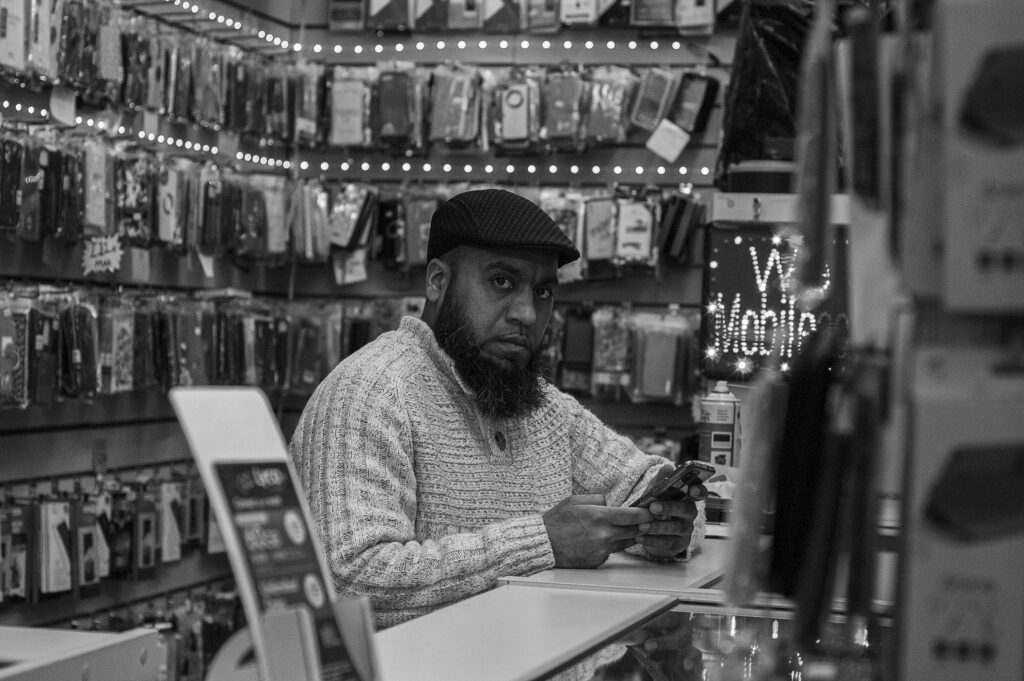
Due to the fact I was starting from scratch with a new ecosystem of bodies and lenses, I didn’t bother to even begin to scour eBay for potential bargains. I knew that whatever happened I wanted a 50mm lens and some form of body – but which ones to buy?
It turned out that buying a Nikon lens is nowhere near as straightforward as a Canon. With Canon you check if the lens is an EF mount, and if it is, then it works. With Nikon things are very different, their lenses have all these different designations and letters after them and it’s an utter minefield for the uninitiated.
“Ah!” says the Nikon stalwart, “but this is the beauty of Nikon, you can use your 30 year old lenses still!”
“Stuff that for a game of soldiers,” says I, “I just want to buy a 50mm lens and not have to achieve a PHD in Nikon history to understand if its compatible.”
It seems that there are AF, non AF, motor drive, non motor drive and goodness knows what else. In Nikon marketing language that gives you the choice of, brace yourself:
- AF
- AF-S
- D
- G
- AF-S DX
Clear now? Me neither.
I remembered that Nikon lenses needed, or used to, a kind of screw driver attachment to drive the AF in their lenses. Well to add to the confusion, some of their bodies have this capability and some don’t so that precludes some lenses unless you’ve got a body that drives them all. Are you following? Can you see where this is going?

In the end I decided to work forwards instead of backwards and went to the Nikon DSLR page on MPB and did a sort by cheapest. The D70 came out as by far the most inexpensive body they had and at £27 for one in decent condition, it didn’t seem a bad price. When I checked, the equivalent camera was probably a 20D from Canon and they’re in the £20-30 price bracket on ebay these days so that’s not bad considering it comes with a 6 month guarantee.
Having found the body I was going to buy, I then visited the site of the font of all camera knowledge – Ken Rockwell. He has a particularly massive Nikon lens compatibility chart which showed that, fortunately for me, the cheapest 50mm F1.8 capable of auto focus that I could lay my hands on would work with this body.

The lens set me back almost two D70’s worth, but I thought it was an investment for any future bodies I might use. Having now bought it, I do wonder if it will actually work with newer Nikon cameras because it requires the little screwdriver job to drive the AF motor. Honestly, I really am not falling in love with Nikon equipment at this point. Canon may have annoyed a lot of people when they completely nuked their FD range of lenses in favour of EF, but my god it made things easier for a newcomer.
The Canon equivalent
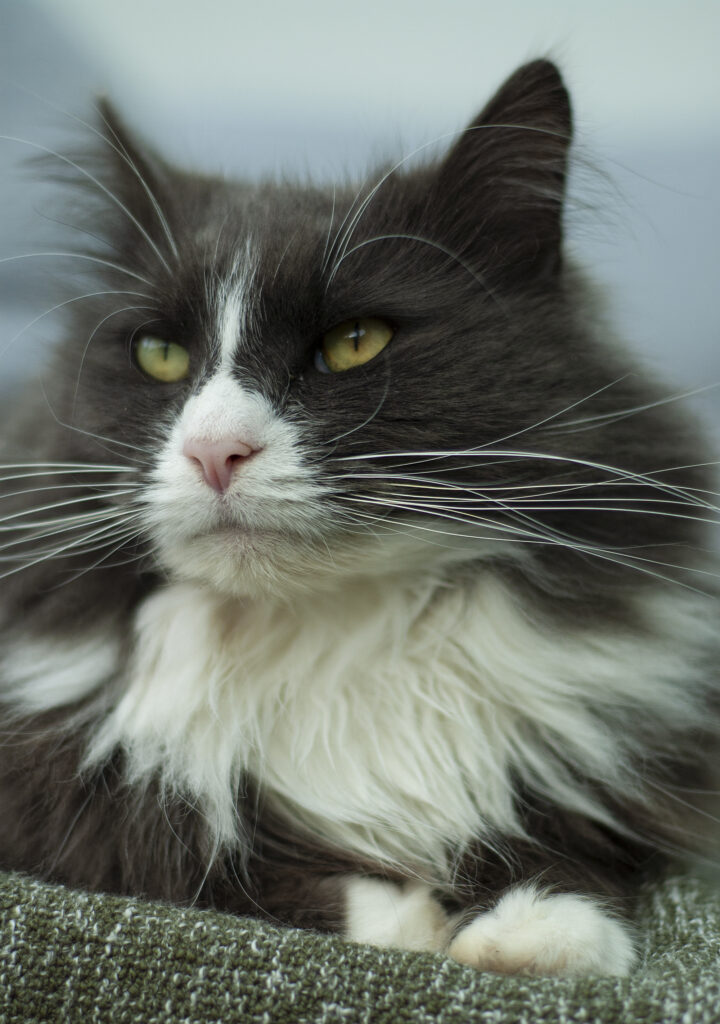
Released roughly six months after the D70, Canon were hot on the heels of Nikon with their reply in the form of the 20D. The Canon offering instantly one upped the D70 with a whole two more megapixels of resolution. This was no mean feat at the time and the jump to 8 megapixels gave you some much appreciated wiggle room in terms of prints, potential for cropping and extra detail. The “camera wars” of the early 2000’s were just getting in to full swing and it was a fairly brutal battle between both manufacturers with both sides almost constantly trying to outdo each other.
The winners, of course, were the consumers who got ever better specifications for comparatively less money each time a new model came out. The only real issue was that it was something akin to buying a PC in the late 1990’s – three months after you’d taken delivery, it was already out of date.
I reviewed the 20D a while back and so don’t have a huge amount more to say about it here that hasn’t already been said. However, despite these two cameras being direct competitors, they couldn’t be more different in my opinion. There is nothing similar about either body in the hand. Whether that’s a good or bad thing remains to be seen – you can read my conclusions at the end!
First impressions
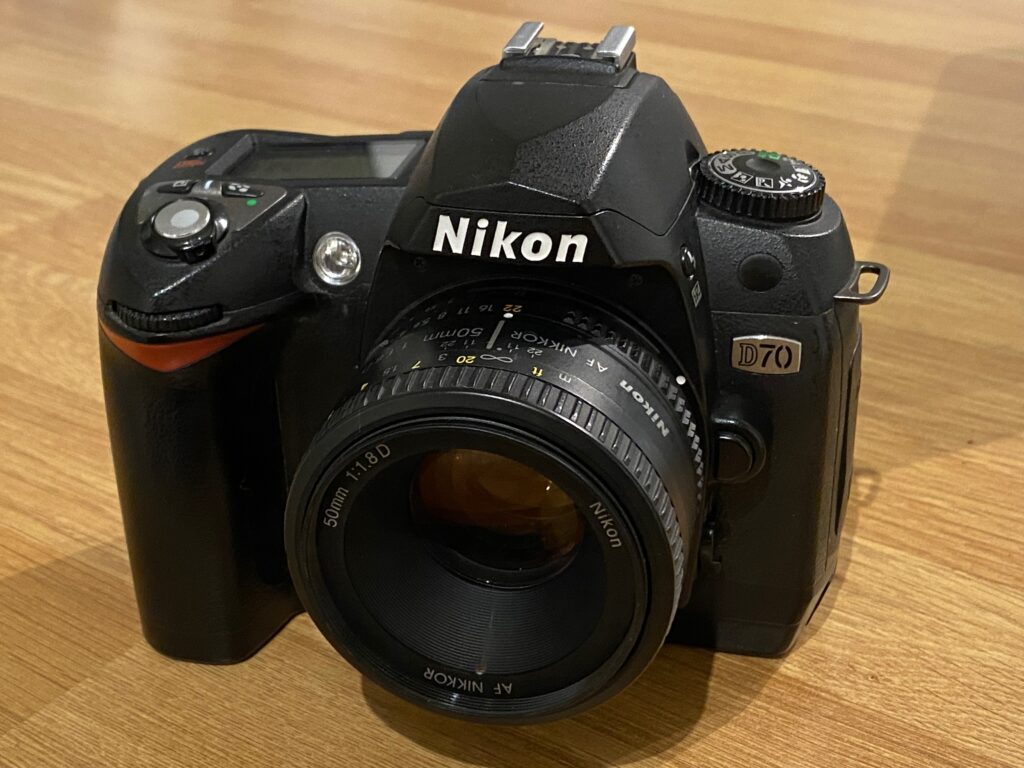
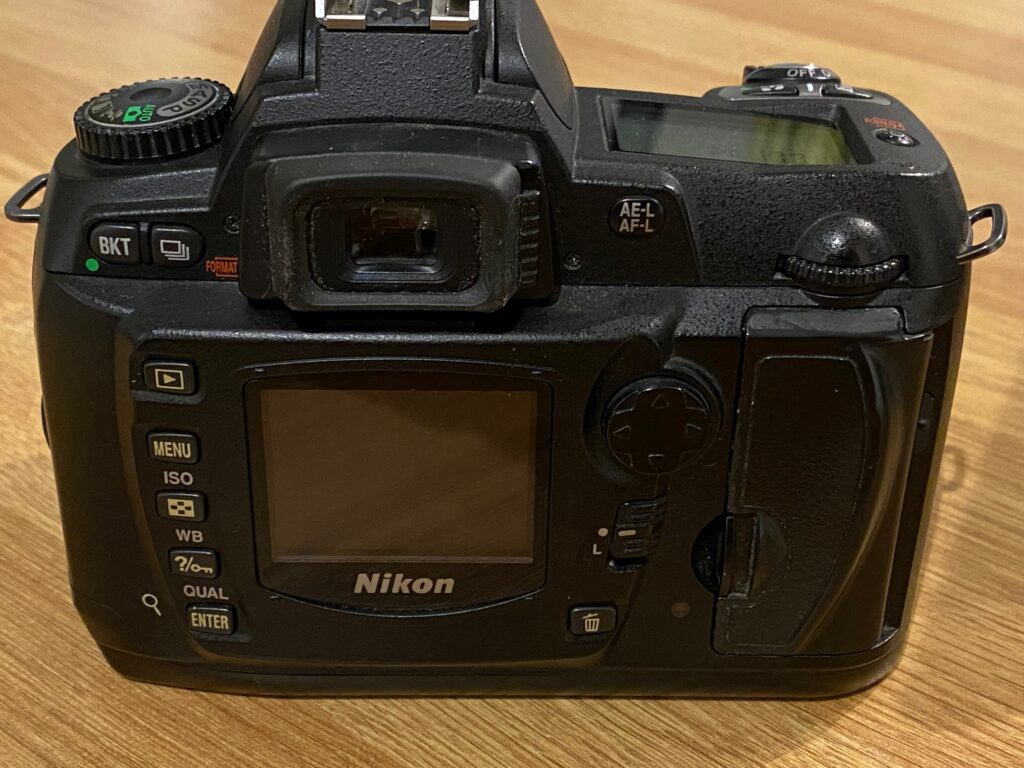
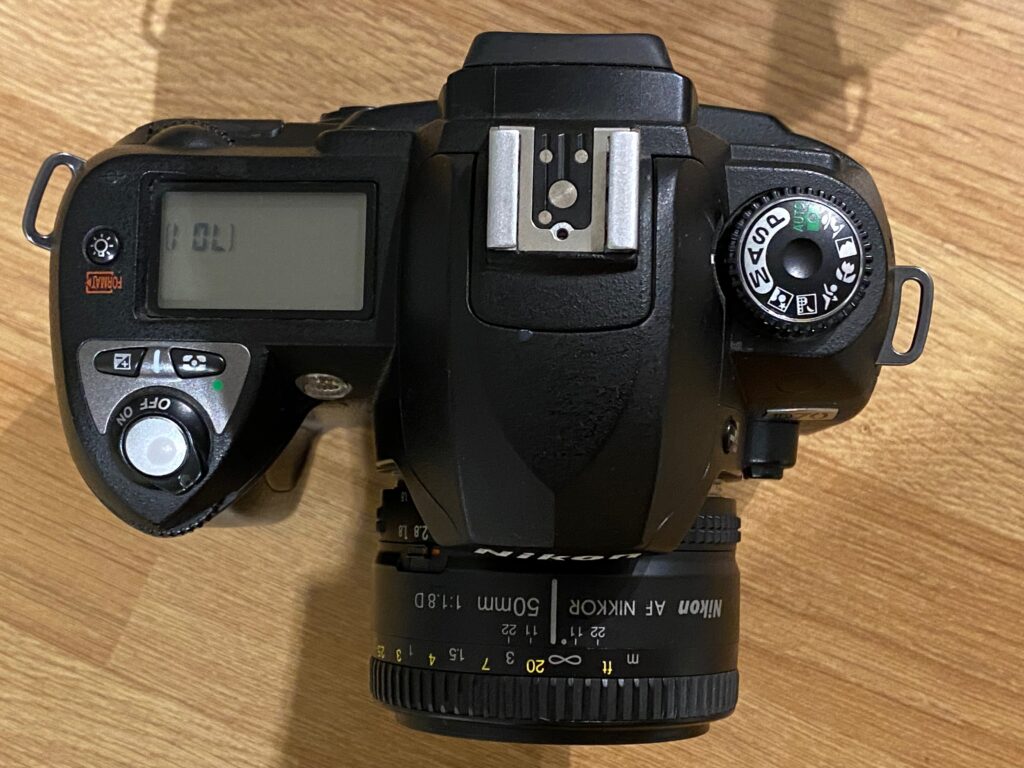
Out of the box, I really quite like the looks of the D70. The body feels rugged, solidly built and most things are where you’d naturally expect them to be. The D70 is almost perfectly weighted in the hand and better still it feels really quite light and I had no problem using it hand held for prolonged periods of time.
My personal deal breaker with any camera is the ergonomics and specifically how well it fits into the hand. Round the back of the D70 is a raised ridge that has been moulded into the CF card door. This is a work of genius. Whilst it looks odd, when gripping the camera your thumb fits naturally against this bump and consequently it feels really secure without any kind of strap or sling. This is one of those small details that you’d not think twice about, but when its there and you use it, you wonder how you ever lived without it. This is a definite win for Nikon over Canon here. Whilst I’ve never felt like I’m going to drop a Canon body, I have to admit this is next level.
It’s not all good news, though. I cannot get used to the placement of the control dials and I really, really dislike their design. The one below the shutter button is too recessed to be easily accessed and its location means that once or twice I actually just turned the camera off instead of changing settings. I found more than once that I had to actually look at the camera to work out where my fingers were going. Canon bodies have an identical wheel, but it is oriented vertically rather than horizontally. This apparently small change makes a huge difference in use and is much more natural and comfortable.
The control wheel at the back of the D70 is just dire. It’s in a place where you can’t easily get to it with your thumb and, this could well be a “just me” thing, but because it is physically identical to the one on the front I found myself assuming it would provide the same function. It quite obviously doesn’t, but I couldn’t stop subconsciously making the same mistake. Once again, the wheel on the back of Canon DSLR’s is far, far more intuitive and coupled with the joystick it beats this body hands down.
Digging further into the controls, the 4 way selector button feels somewhat ropey, but I’ll put that down to age. What is unforgivable, however, is the sheer madness of how it works during image playback. If you wanted to go from one image to the next, which direction would you naturally press? Left and right of course? Nope. Nikon, in their infinite wisdom, decided that to switch image it would be up and down. Why? Honestly, just why? I’m willing to put the control wheels down to preference and familiarity, but this control method just makes me silently shake my head in disbelief.
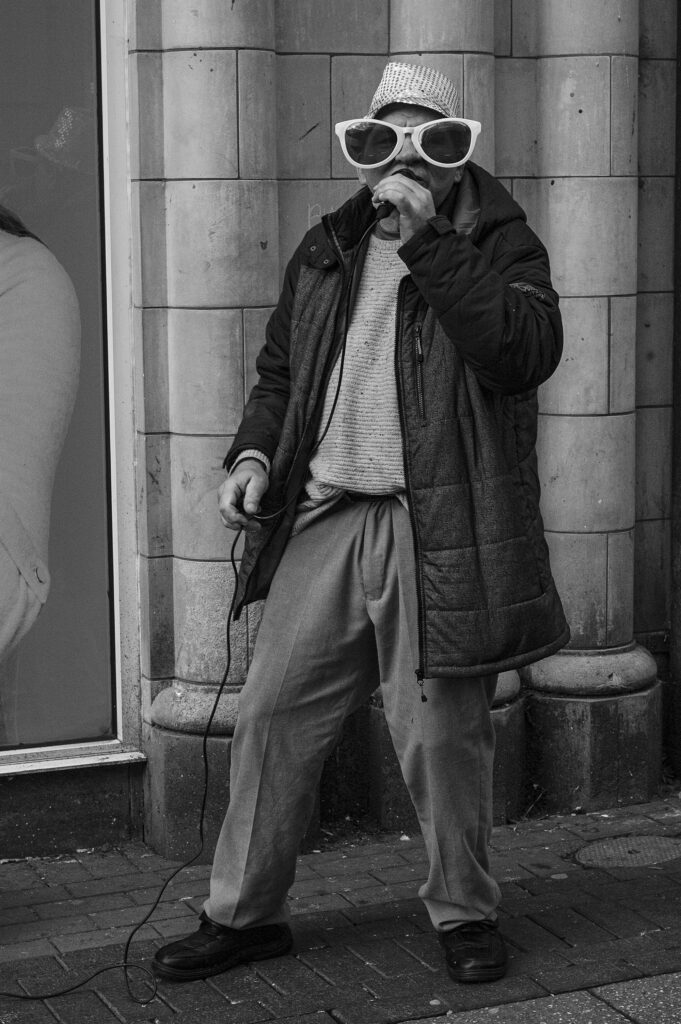
The screen seems much better than the 20D offering and is very clear, bright and usable. I do like the level of detail that the Nikon will show at the press of a button during image review, once or twice I found this really helpful when deciding how to set the camera up for the next shot. Whilst the menus are easy enough to navigate, they are typical of early 2000’s electronics in that they definitely feel like an after thought. They’re nowhere near as intuitive or well laid out as the menu system Canon adopted, and the user interface could definitely have been better.
The D70 in use

Gripes with buttons, wheels and menus are all superficial, what really matters is how the camera performs in real world use, the AF and metering systems and the final images it produces. In all of these areas I can honestly come straight out and say the Nikon performs admirably when put in context of its age and original target market.
I can’t quite put my finger on the reason why, but the word I’d use to describe the feeling of using a D70 would be “refined.” It sounds absurd, but my initial instinct was that it came across as a camera that would just be endlessly dependable. I can understand why people really were (and still are) staunch Nikon users, their DSLR’s do seem to have that certain something about them.
The shutter action and sound is so different from Canon. Canon shutters are like gun shots in comparison to the noise the D70 produces. Whilst it makes absolutely no difference at all to your images, I must admit that the Nikon shutter sound is a damped, controlled, satisfying thing that doesn’t announce your presence like the paparazzi special EOS 1, for example. In short, I like it a lot.
Auto focus is odd as there’s no focus points in the viewfinder and no little flashing red dots or squares to confirm focus has locked on. I thought this would really annoy me before I took the Nikon out, but in all honesty I didn’t even notice. There is something unnerving at first about relying on a blind selection of focus point or zone, but generally it seemed to almost instinctively know what I wanted it to focus on and it quietly went about its business. In the long term, though, this lack of control over the focussing system is something that would start to grate, I do love a bit of focus and recompose and unless I’ve missed something, I’ve no idea how you do it on the Nikon.
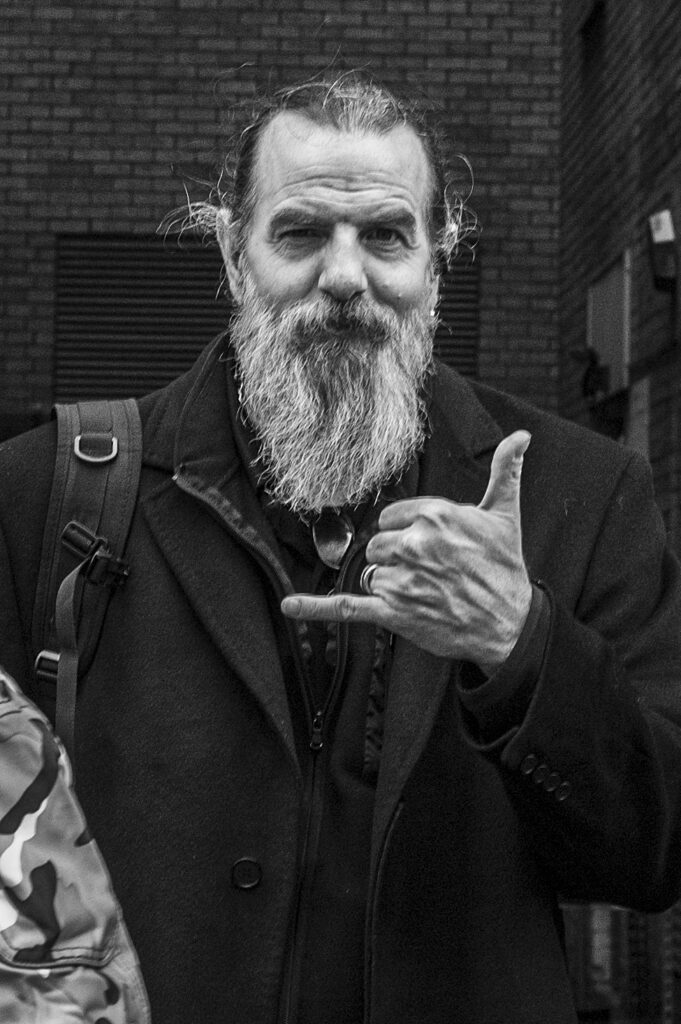
One thing I haven’t mentioned yet is the 50mm lens I bought. My understanding is that the 50mm F1.8 D is pretty much one of the oldest auto focus lenses you can buy for a Nikon. I’ve experienced every iteration of the Canon 50mm 1.8 and this is like a cross between the Mk1 and MK2 Canon offering. The build quality doesn’t scream robust, but the Nikon D is definitely nowhere near the nasty, cheap and frankly awful “plastic fantastic” 50mm MK2 from Canon. That lens was truly awful in every possible way except for image quality.
Focus speed is reasonable, but doesn’t set the world on fire and whilst quiet it is far from silent. Having said that, if you’ve ever heard the “circular saw cutting a log in half” noise a MK1 Canon 50mm makes, Nikon’s offering is much preferable. I quite like this 50mm as a cheap lens and I’m more than happy with the images it produces. I’ll be keeping hold of it for any future Nikons that may accidentally make their way to my house.

Image quality straight out of the camera is more than good enough with the Nikon D70. As I’ve mentioned with other bodies such as the Canon D60 I recently used, six megapixels is something of a no mans land when it comes to resolution. It isn’t bad, you can get great prints and detail from a 6mp file, but you’re left with next to no wiggle room and that’s meant to be one of the big advantages of shooting digitally. If this were an 8mp body, it’d be spot on in terms of resolution for its age.
Noise is handled really quite well, I spent most of the day at ISO 1000 or above and really I have no complaints about noise at all. You can definitely see it and if I were pixel peeping at 100% zoom then I’d perhaps argue that a Canon from the same era would have slightly nicer noise, but honestly I believe it’s just a nonsense going to that kind of depth to find fault with a camera. The question that matters is – are the images of suitably high quality and the answer is a resounding yes. In real world use, you’ve got to be happy with the D70’s efforts.
Conclusions and learning
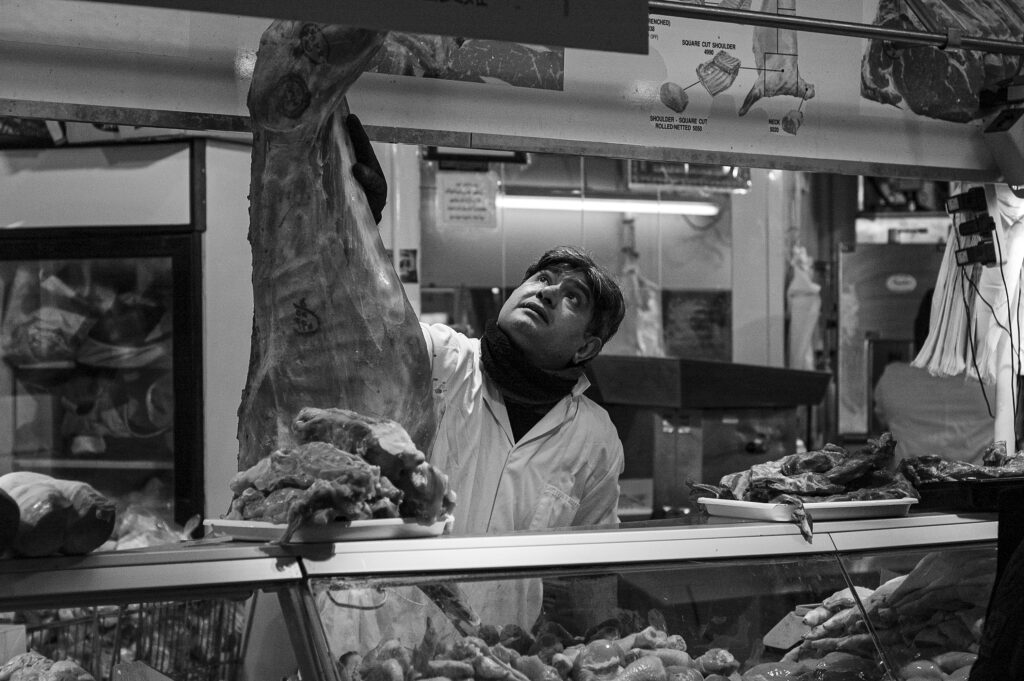
I probably haven’t enjoyed using a digital camera as much as I did with the Nikon D70 since I last used the Canon 1D Mark II. Comparing those two cameras, though, is bonkers – the 1D wipes the floor with anything I’ve ever used digitally before or since and the images it produces are nothing short of stunning, but what else would you expect with a professional imaging tool?
The D70 stands up perfectly well against its Canon rival from the time and I can see no reason why any Nikon user would’ve felt the need to jump ship from one system to another during the early 2000’s, especially for just a couple of extra megapixels.
Using an entirely new (to me) system for the first time has been a really motivating and interesting experience. Little design tweaks like the rear thumb grip were a revelation, especially as I really don’t like camera straps and prefer to hand hold camera bodies when I’m out and about. This is where, for me personally, the real strength of the D70 lies. Without doubt, the weight is perfect, the build quality solid, the shutter noise and action is perfect and the handling in terms of grip are superb, it makes the D70 a street photography dream.
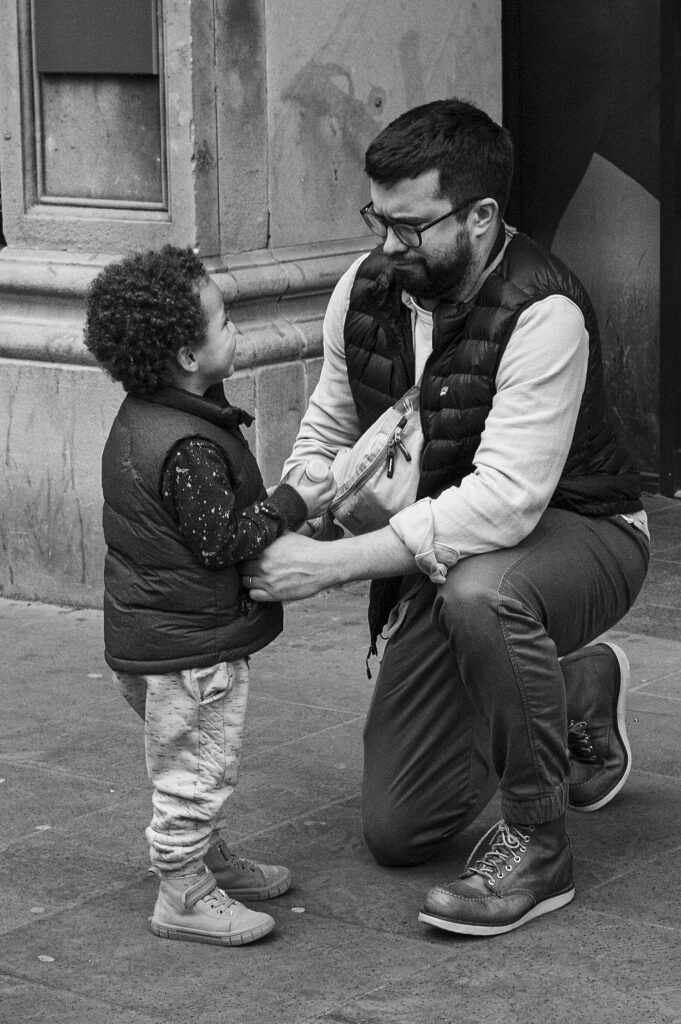
And so I’m really torn now. There’s no doubt I like the D70 and it tempts me to try out some of Nikon’s more expensive offerings in future, but it does feel like when Nikon get it right it’s perfect and when they get it wrong it’s horrible. Those control wheels are really poorly designed and the unforgivable choices in terms of the 4 way controller is something I can’t get over.
Of course, Canon are not perfect and they too have made some awful cameras from a usability point of view – case in point would be the 350d which is too small to handle and deliberately crippled in terms of controls simply because Canon wanted to differentiate it as an entry level model. That said, it is still better to control when actually taking pictures than the Nikon thanks to sensibly placed control wheels.
Am I a Nikon convert after this? No, I don’t think so, but I have learned to appreciate their design nuances and that there are definitely other, and potentially better, ways of doing things with the design of a camera. For me, the Nikon D70 is a case of so very, very near and yet so far.
I’m sure I’ll go back for more, though.
Share this post:

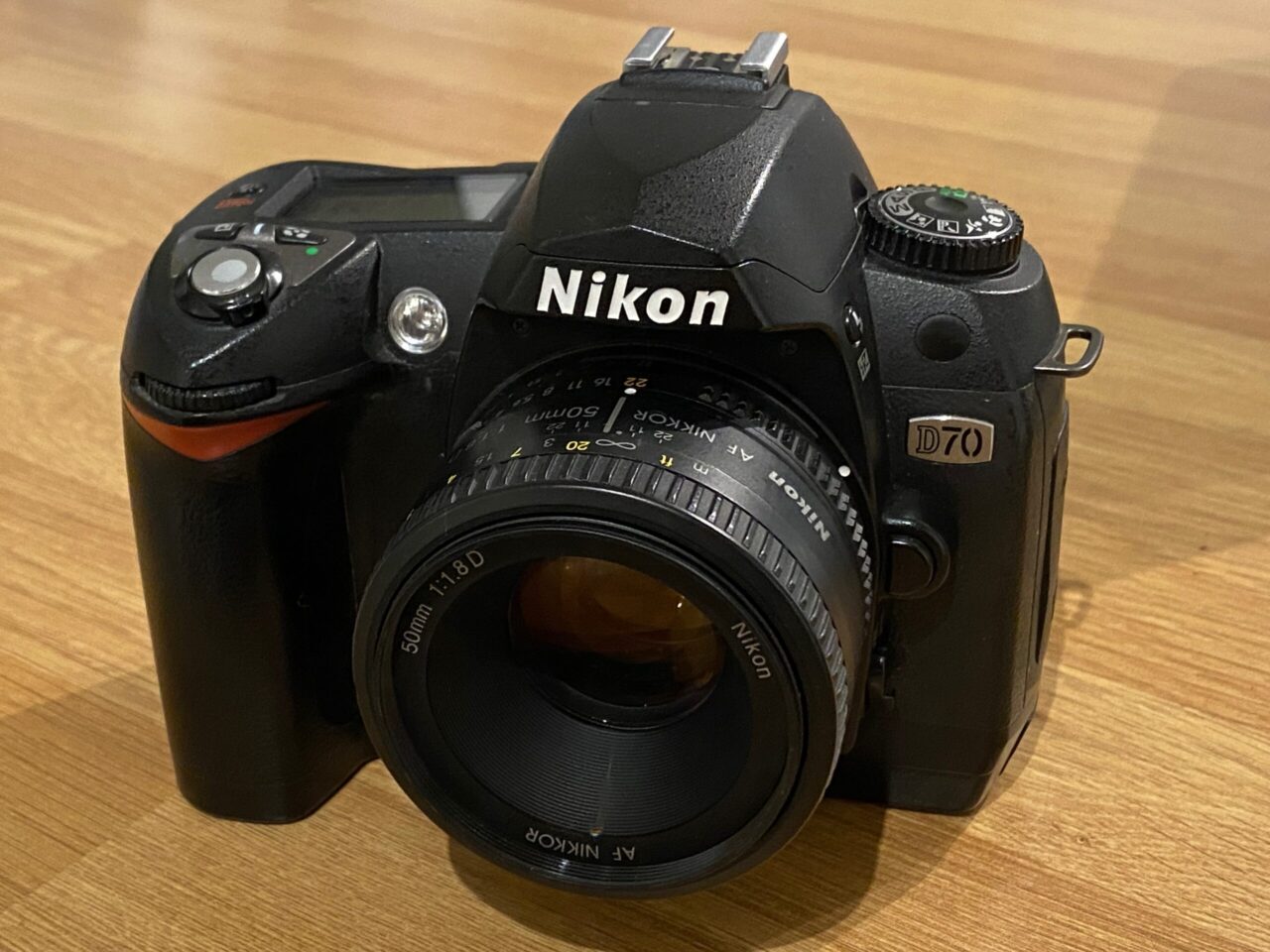
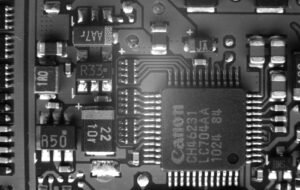
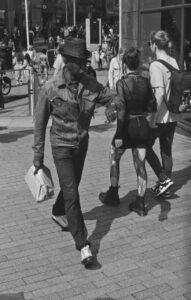

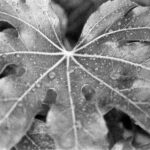
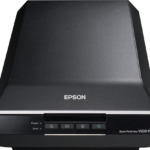
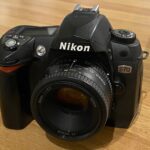

Loving your articles. I too have this problem of buying old faulty gear and repairing. Just bought a Canon 30D with an intermittent front scroll wheel, usually an easy fix.
Having been a Canon user for years I’ve turned to the dark side and can’t get past the Nikon D700 its fantastic. Once you get used to the Nikon lenses they are great. So much fun. I currently buy old old Nikon lenses that fit the D700, some are ridiculously cheap. Very easy to repair and manual lenses are great fun on the D700 as it has a focus confirmation light in the viewfinder.
Thanks for your comments. Yeah I didn’t think I’d start taking lenses apart but so far they seem more straight forward than cameras for disassembly and diagnosis! I’ve now got a steady stream of old FD lenses turning up with various amounts of fungus that need polishing off. I’ve finally got to the point where I’ve stopped hoarding, I can now buy old gear that needs repairing and then actually sell it on once repaired…
The Nikon D70 does have 5 focus points that should be visible in the viewfinder – perhaps yours is broken in that respect. I own 2, the first I purchased back in 2004 when first released and the 2nd only this month for £20 on ebay.
It has visible points or zones shown, it’s just theres no indication of which one it is using/has used. I’m used to a little red highlight/flash on focus.
The active zone mark does look bolder and in red but obviously not in ‘closest subject ‘mode. There is also a graphic bottom left in the view finder that highlights this too. Menu item 18 allows you to control the AF illumination setting. I only know because I have read the manual in the last week after digging out the camera after a decade of being in a drawer. I am certainly no expert!
I really should’ve read the manual! Thank you for the info, I’d check but sadly it’s gone back to MPB and the lens is on a Nikon film body at the moment.